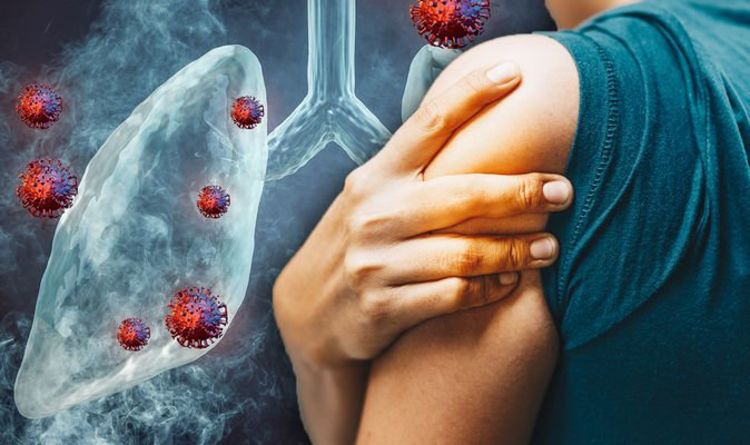WHAT IS CANCER PAIN?
Pain is a part of having cancer. Cancer pain is of many forms. It could be described as dull, achy, sharp or burning in nature. The pain might be constant, intermittent, mild, moderate or severe. The frequency and intensity of pain depends on a number of factors, including the type of cancer, its stage of advancement, its location and pain tolerance of the patient.
The pain caused by cancer is usually constant. It is important to manage the pain to have an improved quality of life. This would also reduce the risk of ailments such as pneumonia, blood clots and bedsores might be associated with immobility.
The cancer pain management involves regular medication that would include paracetamol and opioid drugs as per suitable to each person and to reduce side effects. A medication prescribed in combination helps to gain maximum benefit. Radiotherapy, surgery, hormone therapy and chemotherapy help in successful in reducing the tumor size, easing off the pain. Relaxation therapies and acupuncture also help in relieving the pain.

CAUSES OF CANCER PAIN
Cancer pain could be caused due to many reasons. When cancer multiplies and damages the tissue nearby, it might cause pain in the affected areas. The multiplication of cancerous cells would release chemicals that exasperate the area around the tumor. As tumors grow, it would put stress on bones, nerves, and organs surrounding them leading to pain.
Cancer-related tests, treatments, and surgery might also cause aches and discomfort. The pain may be induced that is not related to cancer, such as normal headaches and tight muscles. Pain along with numbness in the fingers and toes known as peripheral neuropathy, could develop after radiation therapy or chemotherapy and go away on its own. It can also develop months or years after radiation therapy to some parts of the body, such as the chest, breast, or spinal cord.
The cancer pain depends on the type of cancer, its stage, and pain tolerance (low or high). Most people would feel the pain in one of these three ways:
- Acute Pain – The pain is sharp and would last for a small duration. This could be caused due to cancer tests and treatments.
- Chronic Pain – The pain would last for a long duration. It could be experienced as a low throb or sharp and affects the quality of your life in many ways.
- Breakthrough Pain – The chronic pain is treated with medication; however pain might still be felt as a flash every once in a while. This is referred to as breakthrough pain as it breaks through the effects of medication. It usually happens quickly, lasts a short duration and could feel very strong.
Pain could be caused due to immunotherapy, which helps the immune system fight the cancer. Pain caused due to this treatment could include pain at the needle site and body aches and pains.

SYMPTOMS OF CANCER PAIN
Cancer pain could vary depending on the affected area such as:
- Nerve Pain – Nerve pain or neuropathic pain is caused by pressure on nerves or the spinal cord, or damage to the nerves. These are described as burning or shooting pain along with tingling or a feeling of crawling under their skin. Nerves might be cut during surgery and they take a long time to heal as they grow very slowly. Nerve pain could occur after other cancer treatments, like radiotherapy or chemotherapy.
- Bone Pain – Cancer could spread into the bone and cause pain due to damaging the bone tissue. The cancer might affect one specific area of bone or areas surrounding the bone. Somatic bone pain could also be described as aching, dull or throbbing pain.
- Soft Tissue Pain – Pain in soft tissue pain or visceral pain can lead to pain in a body organ or muscle. The pain is described as sharp, cramping, aching, or throbbing.
- Phantom Pain – In some types of cancer like breast cancer, tongue cancer might require amputation of the affected part.
- Referred Pain – Sometimes pain could be felt from the affected organ in the body to a different part of the body. This is known as referred pain.
Pain might be accompanied with other symptoms like –
- Fatigue
- Lump or area of thickening under the skin
- Unintended weight loss or gain
- Skin changes like yellowing, darkening or redness of the skin.
- Sores that might not heal, or changes to existing moles
- Changes in bowel as well as bladder habits
- Persistent cough or trouble breathing
- Difficulty swallowing
- Hoarseness
- Indigestion or discomfort after eating
- Unexplained and persistent muscle or joint pain
- Fevers or night sweats
- Mysterious bleeding or bruising

TREATMENT OF CANCER PAIN
Treatment of pain due to cancer and its treatments would depend on the intensity and frequency of the pain. Other factors affecting treatment are:
- Location of the pain
- Severity of the pain
- The type of pain like sharp, tingling or aching
- If the pain is persistent, as well as comes and goes
- Activities or events might worsen the pain
- Activities or events might make the pain better
- Current medications
- Dosage of current medications easing the pain
- The impact of the pain on lifestyle like poor quality of sleep or loss of appetite.
The treatment regime for reducing pain apart from cancer treatment would include the following
- Medicines – Medications like over-the-counter (OTC), NSAIDs and opioids would help relieve pain. Drugs like aspirin would help in reducing bone pain, and pain caused due to inflammation (like pleurisy). Paracetamol is important among medication for cancer as it is helpful in reducing fevers and bone pain, and is often used along with opioids like codeine and morphine.
- Injections – The medicine injected directly in the skin is painless, effective and quick acting. These could be continuously infused under the skin and might be set up and maintained at home by using a small portable pump. These medications are administered directly into the bloodstream through a slender tube (catheter) inserted in the vein. The medication is sometimes administered through a small catheter directly in the back (epidural catheter) helping in reducing the pain.
- Nerve Blocks – These involve injecting an anesthetic or other drug that blocks the nerve pain.
- Nerve Stimulation – This would include transcutaneous electric nerve stimulation (TENS) or implanting of a device in the body which eases off pain by stimulating nerves due to mild electrical signals.
- Cordotomy – This is not used commonly and involves surgery in which pain is reduced by cutting specific nerves near the spinal cord.
- Targeted therapy – This includes antibodies and small molecules which specifically target cancer cells. The reduced cells would reduce pressure and ease off the pain.
Alternate therapies include acupuncture, hypnosis, and relaxation techniques would be helpful in reducing the pain and related symptoms. These treatments and therapies are helpful in reducing pain due to amputation (causing phantom pain), chemotherapy and radiation therapy.
OUTLOOK
Diagnosis of cancer could be overwhelming however; it is important to consider various techniques to cope up. Complementary approaches to relieving pain might be integrated into therapy at any stage of treatment. These complementary therapies would supplement medical pain-control techniques. They might include relaxation techniques, meditation, movement therapies, acupuncture, and massage that would relieve acute pain during certain procedures, post-processing pain, and some forms of chronic pain.
If you or anyone you know is suffering from cancer pain, our expert providers at Specialty Care Clinics will take care of your health and help you recover.
Call us on (469) 545-9983 to book an appointment with Dr. Rao Kamran Ali.
